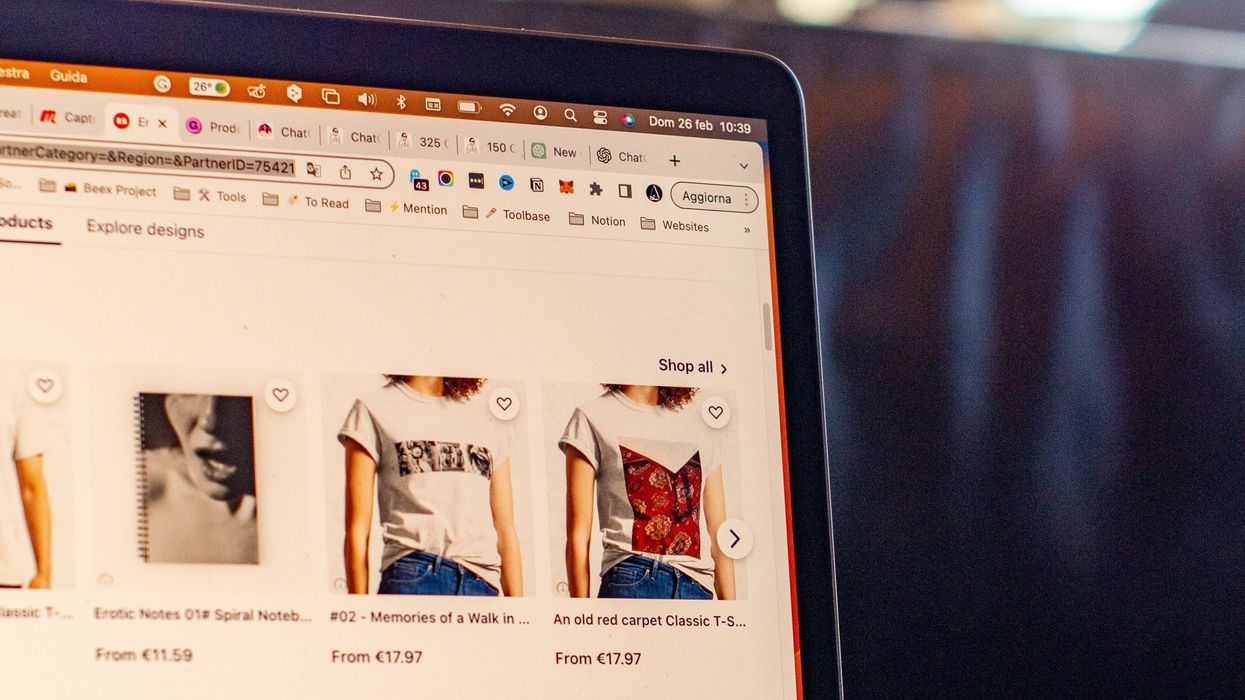Did you know Red Bull is based in Austria?
The energy drink brand grew a global presence by tapping into the culture of the places where it expands, whether that’s extreme sports, F1, music or fashion.
It’s a lesson in how a brand can be everywhere, while maintaining an identity that's place-specifc.
“You want to think of a global brand but how [you] apply it locally, and can make sure you’re still tapping into the nuances of the culture,” said Katie Thomas, head of the Kearney Consumer Institute.
It was among the insights shared for brands expanding internationally during a panel at the Retail Innovation Conference and Expo 2022 in Chicago.
Brands have long worked to build an international presence, with "global brand" being a status symbol long synonymous with success. With ecommerce, there's room for more brands under this umbrella. There are opportunities to grow a presence on an international stage without going through a retail store. A package can ship down the street, just as the same as it can to another continent.
Increased ecommerce adoption only made shoppers more comfortable with this mode. The choice and pricing that’s found through ecommerce brings more willingness to order across borders. With visits to physical stores ticking back up following the lifting of pandemic restrictions, shoppers are still turning to digital marketplaces and visiting brand websites. They want to be able to shop in any setting, so brands should focus on being able to deliver for shoppers across those different channels, said Abhishek Ahluwalia, global ecommerce director at multinational snack food company Mondelēz International.
In this environment, it’s important to ensure that a presence in the different retail settings can work together. A shopper might want to purchase an item in an ecommerce marketplace. When it comes to returning it, they may be more likely to opt for an in-store setting when they are going to the mall.
“If you have stores, you have an ecommerce business and you have a marketplace, they all need to work together,” said Fareeha Ali, director of market intelligence at ecommerce software company Mirakl.
At the same time, global expansion made available by ecommerce is leading shoppers to seek out products that are made in other countries. The country where it's from can be a selling point in and of itself. Yet the old fundamentals still apply. A product must fulfill a need for the shopper that isn’t currently being met, Thomas said.

L to R: Abhishek Ahluwalia, Katie Thomas, Fareeha Ali and Sonya Gill. (Photo by Stephen Babcock)
Brands see opportunity to move into new markets. But it’s unlikely that a one-size-fits-all approach will work. After all, ecommerce made borders easier to cross, but it didn't erase them.
An international expansion strategy requires local-level preparation. Brands should take take the time to understand the marketplaces and effective approaches for reaching consumers in the countries where they want to expand, panelists said.
When delivering a brand message, take the time to learn the language of retail in another culture, rather than just plugging a phrase into Google Translate, Ali said.
Likewise, take time to understand shopping norms in a culture. If a culture tends to have high expectations for customer service in a store, that will likely carry over to ecommerce, as well, said Sonya Gill, founder and CEO of The LNK, a marketplace that connects global audiences with South Asian retailers.
Understand the norms that will influence operational decisions, as well. Delivery plans may have to be adjusted in a European city where packages must be left outside, while payments may be more likely to be made via mobile wallets in Africa.
Equally, different products may have to be tweaked across markets. Ahluwalia pointed out that zero-sugar Oreos are popular in China, in line with taste preferences that favor cocoa. At the same time, Western products have taken hold in the market, as well. Working directly with marketplaces to pilot and incubate new products can help brands to figure out what is successful.
Start with a broad product concept, but remember, "the consumer, essentially, is the heart of making the decision of what they want," Ahluwalia said.
What starts in one country might soon expand to another. Livestream shopping rose in China and has since spread to Southeast Asia. Now the west is adopting the approach as well.
It’s a lot to consider, and often there’s no playbook. No matter what the functional area, it’s likely that testing, learning and making adjustments will be the path to figuring out what works.













